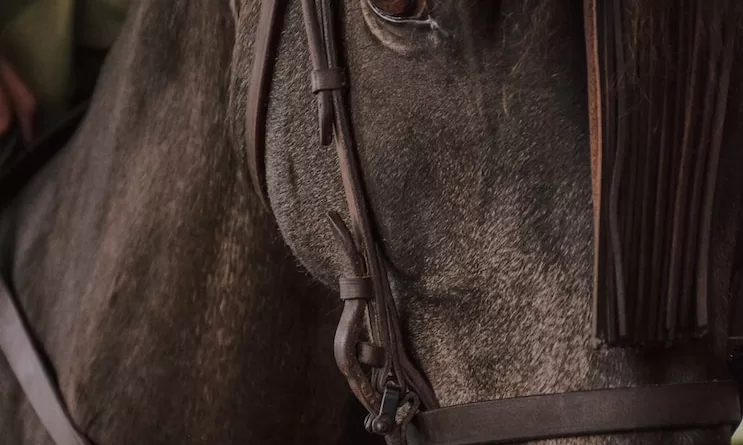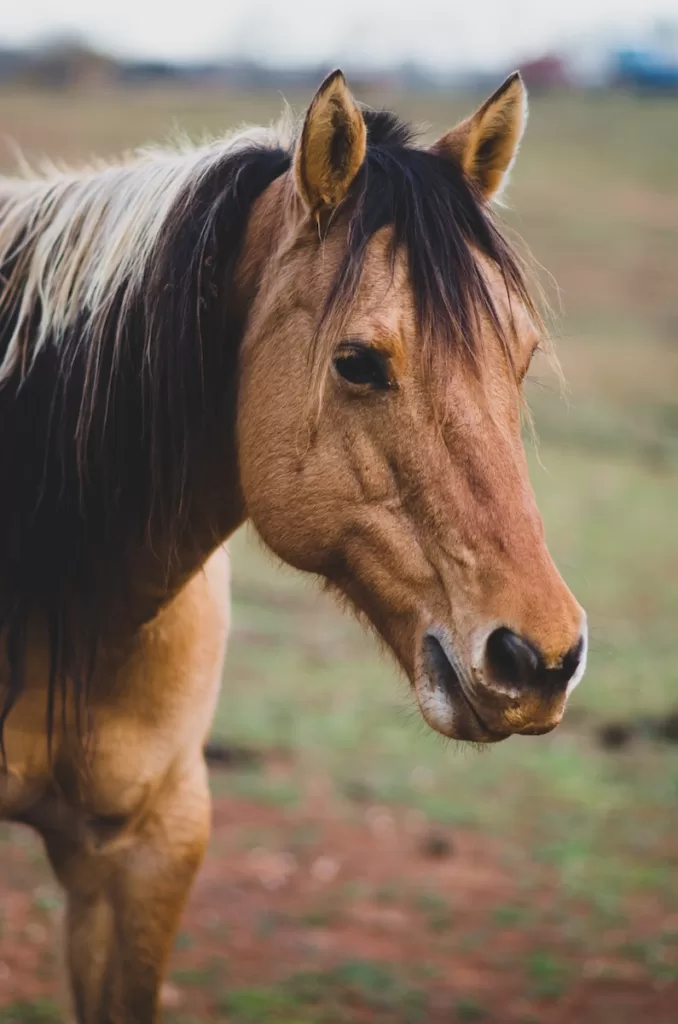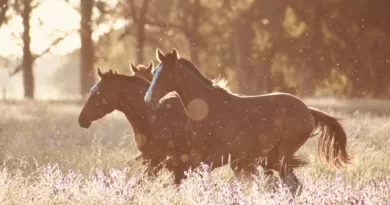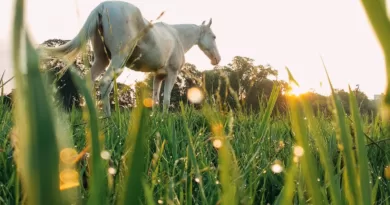How Long Can a Horse Live with Navicular Disease?
Introduction
Navicular disease is a common ailment that affects horses, causing lameness and discomfort. As a horse owner or enthusiast, you may be concerned about the lifespan of a horse afflicted with navicular disease. In this comprehensive guide, we will delve into the details of navicular disease, its effects on a horse’s longevity, and how you can manage the condition to ensure the best possible quality of life for your equine companion.
Understanding Navicular Disease
Navicular disease, also known as navicular syndrome or caudal heel syndrome, is a degenerative condition that primarily affects the navicular bone in a horse’s hoof. The navicular bone is crucial for proper weight distribution and shock absorption during locomotion. When this bone becomes inflamed or damaged, it can lead to lameness and persistent pain.
Factors Affecting Longevity with Navicular Disease
1. Timely Diagnosis
The early detection of navicular disease plays a pivotal role in determining a horse’s lifespan with the condition. Prompt diagnosis allows for the implementation of effective management strategies that can help alleviate discomfort and slow the progression of the disease.
2. Severity of the Condition
The severity of navicular disease varies from one horse to another. Some may experience mild discomfort, while others may face more debilitating symptoms. The extent of damage to the navicular bone and surrounding structures will influence how long a horse can live with the disease.
3. Age and Overall Health
A horse’s age and overall health can significantly impact its ability to cope with navicular disease. Younger, healthier horses may have a better prognosis and longer lifespan compared to older horses or those with pre-existing health issues.
Management and Treatment Options
1. Medications
Various medications, such as non-steroidal anti-inflammatory drugs (NSAIDs) and corticosteroids, can be prescribed to manage pain and inflammation associated with navicular disease. These medications can improve a horse’s comfort and extend its lifespan.
2. Therapeutic Shoeing
Farriers can play a crucial role in managing navicular disease by applying special shoeing techniques. Therapeutic shoeing helps distribute weight more evenly and reduces pressure on the affected hoof, promoting a better quality of life for the horse.
3. Rest and Controlled Exercise
Providing ample rest to the affected horse is essential for managing navicular disease. Controlled exercise routines that avoid excessive strain on the hooves can prevent further deterioration and prolong the horse’s lifespan.
The Role of Diet and Nutrition
A well-balanced diet is essential for any horse’s overall health, but it becomes even more critical when dealing with navicular disease. Proper nutrition can support the horse’s immune system, reduce inflammation, and enhance the healing process.
Importance of Regular Hoof Care
Regular hoof maintenance is crucial for horses with navicular disease. Trimming and shoeing should be performed by an experienced farrier who understands the unique needs of a horse with this condition. Proper hoof care can improve comfort and extend the horse’s life.
Exercise and Physical Activity
While rest is essential, horses with navicular disease should not be completely sedentary. Controlled exercise, such as hand-walking or turnout in a soft paddock, can help maintain joint mobility and muscle strength, contributing to a longer lifespan.
Emotional Well-being of Horses
It’s easy to focus solely on the physical aspects of navicular disease, but a horse’s emotional well-being is equally important. Spending quality time with your horse, providing companionship, and ensuring a stress-free environment can positively impact their overall health and longevity.
Case Studies: Horses Thriving with Navicular Disease
Case Study 1: Bella
Bella, a 12-year-old mare, was diagnosed with navicular disease at the age of 7. Her owner, Sarah, worked closely with a veterinarian and farrier to manage Bella’s condition. With a tailored treatment plan that included medication, therapeutic shoeing, and regular hoof care, Bella not only overcame her lameness but also lived a fulfilling life for another 10 years.
Case Study 2: Max
Max, a 16-year-old gelding, had a severe case of navicular disease. His owner, Mike, opted for a holistic approach, incorporating natural supplements and acupuncture alongside traditional treatments. Max enjoyed a comfortable life for another five years, even participating in light trail riding during his later years.
See Also: How long do horses live? Amazing Facts About Horses’ Life
Frequently Asked Questions (FAQs)
1. Can a horse with navicular disease be ridden?
Yes, some horses with well-managed navicular disease can continue to be ridden. However, the type and intensity of riding should be adjusted to minimize strain on the affected hooves.
2. Is there a cure for navicular disease?
No, there is no cure for navicular disease. Treatment focuses on managing pain and discomfort and slowing the progression of the condition.
3. What is the average lifespan of a horse with navicular disease?
The lifespan of a horse with navicular disease varies depending on factors such as early diagnosis, treatment, and overall health. With proper care, some horses can live a relatively normal lifespan.
4. How can I prevent navicular disease in my horse?
Navicular disease is influenced by various factors, including genetics and conformation. While it may not be entirely preventable, providing excellent overall care, including proper nutrition and regular hoof maintenance, can reduce the risk.
5. Are there alternative therapies for managing navicular disease?
Yes, some horse owners explore alternative therapies such as acupuncture, chiropractic care, and herbal supplements to complement traditional treatment methods. Always consult with a veterinarian before implementing alternative therapies.
6. Can a horse with navicular disease live in a pasture with other horses?
Horses with navicular disease can live in a pasture with others, but it’s essential to ensure that the environment is suitable and safe for the affected horse. Regular monitoring and management of the horse’s condition are necessary to maintain its well-being.
conclusion
In conclusion, the longevity of a horse with navicular disease depends on several factors, including early diagnosis, effective management, and the horse’s individual health. With the right care, many horses can lead comfortable and fulfilling lives despite this condition. Remember that each horse is unique, and tailoring their treatment to their specific needs is key to ensuring the best possible quality of life.
Enjoyed this article? You May Also Like:
- Learn in 5 minutes about Cryotherapy for Horses
- Penicillin in Horses; Impeccable Guide in 10 minutes
- Excede Antibiotic For Horses, Fantastic Facts in 5 minutes
- The Science of Oxytocin in Horses: How This Hormone Influences Equine Behavior
- Can Horses Swim? Everything You Need To Know About Horse Swimming






